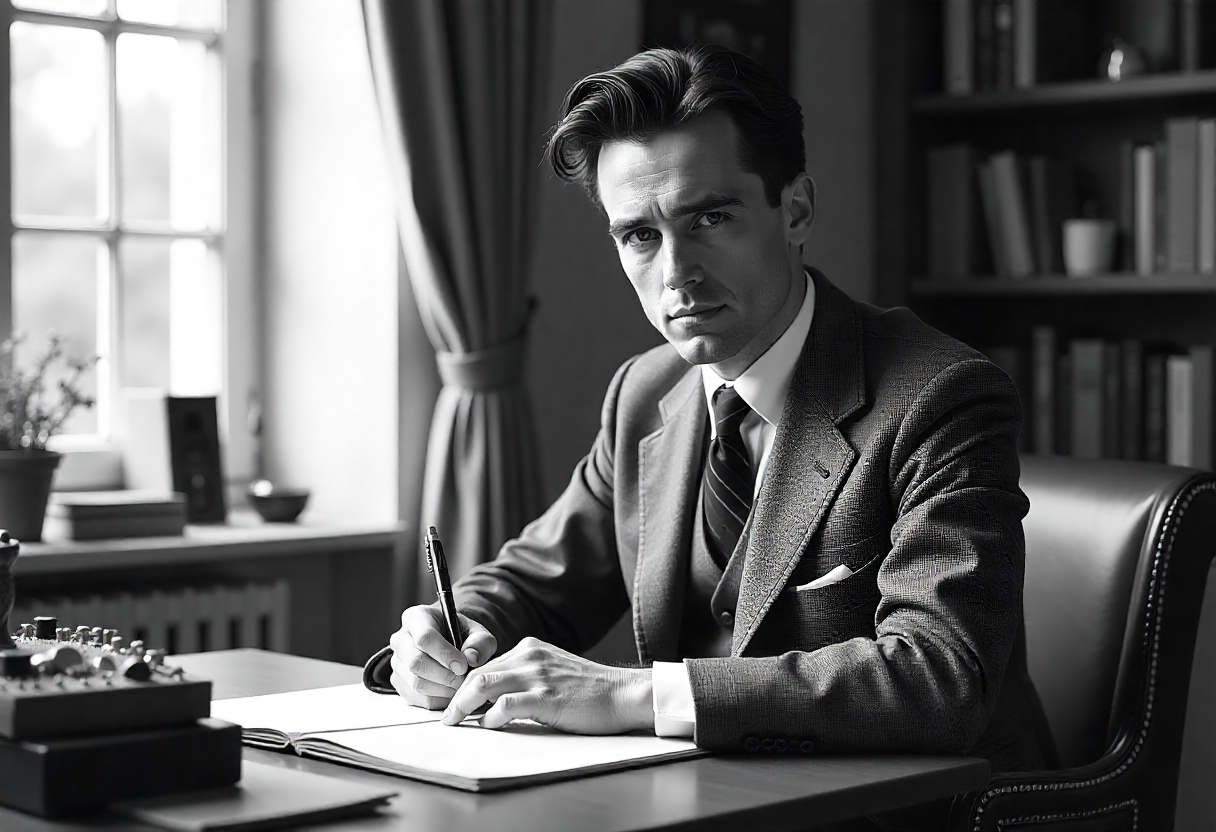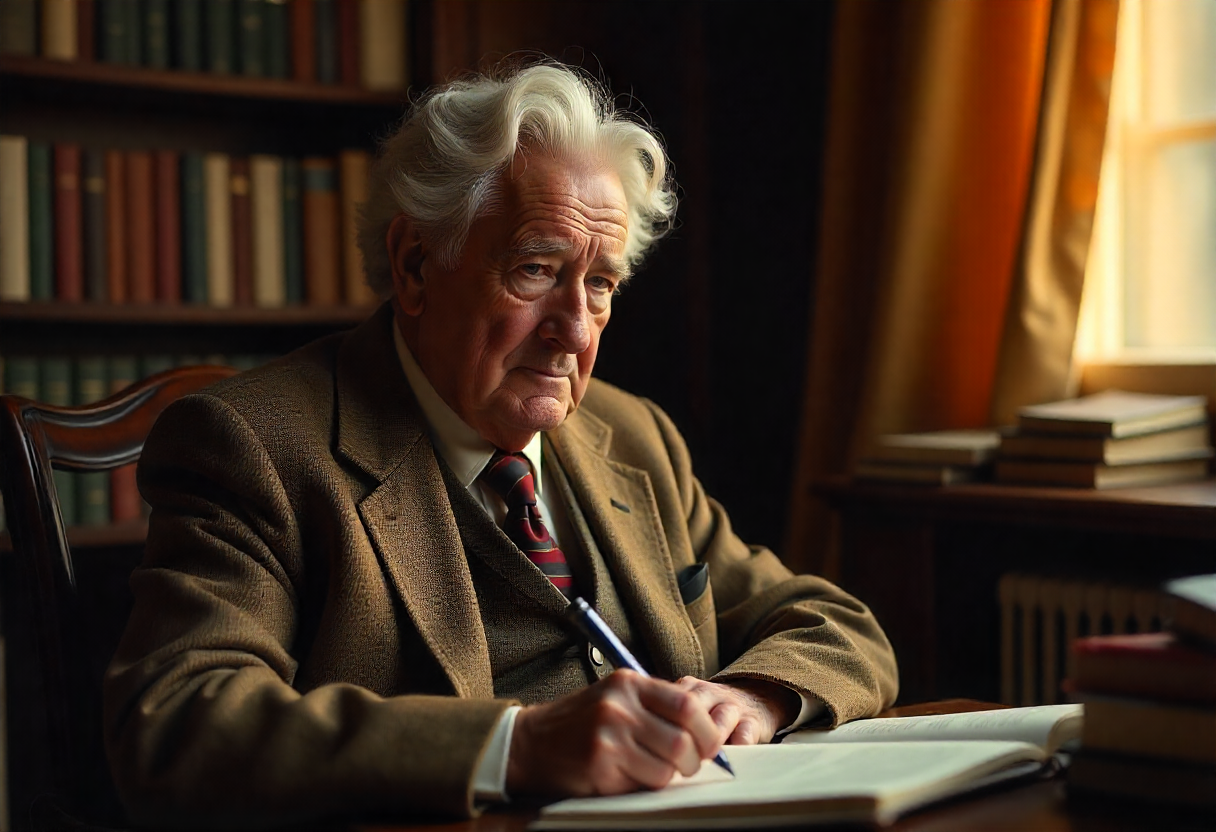Francis Scott Key Fitzgerald (1896–1940) stands as the quintessential chronicler of America's Jazz Age, capturing both its glittering excesses and tragic undertones in masterpieces like The Great Gatsby. A literary star who burned brightly but briefly, Fitzgerald's life mirrored his fiction—filled with dazzling success, turbulent love, and eventual decline. This biography explores his meteoric rise, creative genius, and enduring influence on American literature.
Early Life and Literary Beginnings
Born on September 24, 1896 in St. Paul, Minnesota, Fitzgerald grew up acutely aware of social status despite his family's financial struggles. His namesake (a distant cousin) was Francis Scott Key, writer of "The Star-Spangled Banner."
Formative Experiences:
- Attended Princeton University (1913-1917) but left without graduating
- Joined the Army during WWI, though the war ended before he saw combat
- Began writing his first novel while stationed in Alabama, where he met...
Zelda Sayre and Early Success
The beautiful, unpredictable Zelda Sayre became Fitzgerald's muse and tormentor. After rejecting him initially due to his poor prospects, she agreed to marry him following the spectacular success of:
This Side of Paradise (1920)
- Published when Fitzgerald was just 23
- Instant bestseller that made him the voice of his generation
- Captured the rebellious spirit of post-WWI youth
The couple became celebrities, embodying the Roaring Twenties with their extravagant lifestyle and wild parties.
The Jazz Age Chronicler
Throughout the 1920s, Fitzgerald produced his most enduring works while living between New York, Paris, and the French Riviera:
Major Works of the Period:
- The Beautiful and Damned (1922) - A semi-autobiographical tale of a golden couple's dissolution
- The Great Gatsby (1925) - Now considered the Great American Novel, though initially a commercial disappointment
- Numerous acclaimed short stories that funded his lavish lifestyle
Fitzgerald's writing perfectly captured:
- The era's moral ambiguity
- The American Dream's illusions
- Wealth's corrupting influence
Decline and Hollywood Years
The 1930s brought personal and professional struggles:
Downward Spiral:
- Zelda's mental health deteriorated (diagnosed with schizophrenia in 1930)
- Fitzgerald battled alcoholism and financial woes
- Moved to Hollywood as a screenwriter to pay debts
Tender Is the Night (1934)
His final completed novel, drawing on Zelda's illness and their crumbling marriage
Final Years and Posthumous Recognition
Fitzgerald died of a heart attack on December 21, 1940 at just 44, believing himself a failure. His reputation enjoyed a dramatic revival after WWII, especially with:
The Last Tycoon (1941)
His unfinished Hollywood novel, published posthumously
Literary Legacy and Influence
Fitzgerald's impact endures through:
Cultural Permanence:
- Gatsby sells 500,000+ copies annually
- Inspired countless adaptations in film, theater, and music
- Phrases like "Jazz Age" and "the beautiful and damned" entered the lexicon
Artistic Influence:
- Pioneered lyrical, emotionally precise prose
- Mastered the unreliable narrator technique
- Influenced writers from J.D. Salinger to Don DeLillo
As his friend Edmund Wilson noted:
"Fitzgerald's talent was as natural as the pattern that was made by the dust on a butterfly's wings."
Conclusion
F. Scott Fitzgerald's tragic arc—from wunderkind to has-been to literary immortal—mirrors the very American cycles of aspiration and disillusionment he documented so brilliantly. Though he wrote that "there are no second acts in American lives," his own posthumous revival proved him wrong. Today, his works remain essential reading, reminding us that behind every glittering party lies the inevitable morning after.
In Fitzgerald's own words:
"So we beat on, boats against the current, borne back ceaselessly into the past."
Lit2Talks is on a mission to make knowledge free for everyone. Publish, read, and download books at Lit2Talks.










